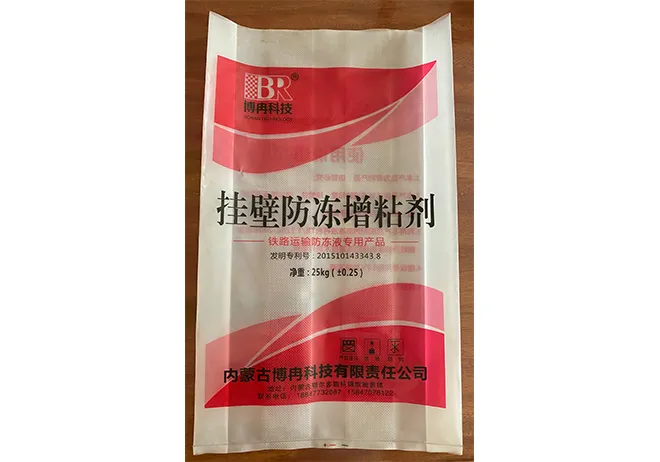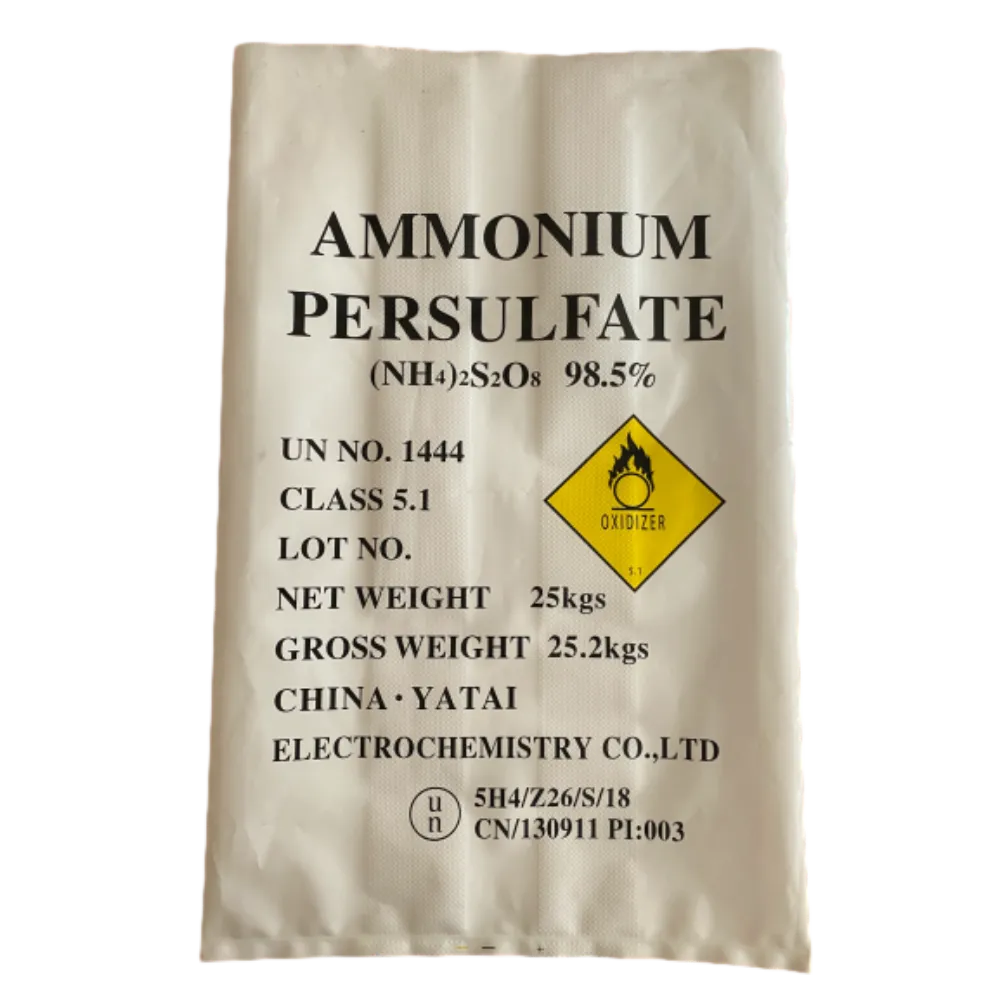
(dog product packaging)
Innovations in Dog Product Packaging Essentials
The pet packaging sector has undergone transformative changes as consumer expectations evolve. Let's explore critical aspects:
- Market growth statistics and consumer behavior shifts
- Breakthrough materials and barrier technologies
- Comparative analysis of packaging manufacturers
- Customization possibilities for brand differentiation
- Sustainability benchmarks in plastic alternatives
- Practical implementation scenarios
- Future development trajectories
The Surging Demand in Pet Industry Packaging
Current market analysis reveals extraordinary expansion in pet product packaging. The global market for pet food packaging alone reached $8.7 billion in 2023, with 7.2% annual growth projected through 2028. This growth directly impacts packaging needs:
Consumer preferences have shifted toward resealable options (favored by 83% of buyers) and transparent windows (demanded by 76% according to industry surveys). Food safety concerns also drive innovation, with 68% of pet owners prioritizing tamper-evident features. Transportation durability remains critical, with damaged goods costing manufacturers an estimated 2.9% of annual revenue.
Material Advancements for Pet Food Protection
Modern barrier technologies significantly extend product shelf-life while maintaining freshness:
Multilayer laminations combining polyester, aluminum foil, and polyethylene now provide 12-month oxygen barriers - 40% longer protection than previous solutions. Stand-up pouches with tear-notches have seen 150% adoption growth due to their convenience factor. Plastic bag innovations include:
• High-clarity BOPP films maintaining 98% visibility
• Anti-static coatings preventing kibble dust adhesion
• PCR (Post-Consumer Recycled) materials with identical performance to virgin resins
Moisture control remains paramount, with desiccant-lined bags reducing humidity absorption by 90% compared to standard options.
Manufacturer Comparison for Strategic Sourcing
| Supplier |
Material Options |
Lead Time |
MOQ |
Certifications |
| FlexPack Solutions |
PET/AL/PE, Stand-up pouches |
3-4 weeks |
50,000 units |
ISO 9001, BRCGS AA |
| PrimePack Materials |
Recycled PE, Compostable film |
6-8 weeks |
100,000 units |
ISO 14001, SQF Level 3 |
| NovaPack Industries |
BOPP laminates, Gusseted bags |
2-3 weeks |
25,000 units |
FDA, HACCP |
| EcoWrap Packaging |
Marine-degradable polymers, PCR |
8-10 weeks |
75,000 units |
ASTM D6400, TUV OK Compost |
Strategic Customization for Market Differentiation
Beyond standard formats, premium pet product packaging increasingly leverages:
Shape innovations: Bone-shaped tear handles (35% customer preference) and asymmetrical designs boosting brand recall by 47%. Functional enhancements include integrated measuring cups in treat bags and airtight zipper closures that withstand 5,000+ opening cycles.
Decorative techniques like cold foil stamping provide premium aesthetics while specialty varnishes create tactile differentiation - matte finishes with glossy logos increase shelf standout by 60%. Digital printing now enables efficient small runs starting at 2,500 units with photorealistic graphics.
Sustainability Implementation Challenges
Transitioning to eco-friendly alternatives presents technical and economic considerations:
Compostable PLA films require specific industrial facilities and maintain optimal barrier properties for only 6-9 months. Recycled content integration averages 32% cost premium currently, though prices continue declining approximately 7% annually.
Lightweighting initiatives show promise - reducing plastic content by 0.2 mil saves 8.5 tons of material annually for medium-scale producers. Water-based inks now comprise 55% of the market as major brands mandate supply chain compliance with APEO-free formulations.
Execution Excellence Across Packaging Applications
Premium dog food companies now adopt child-resistant mechanisms meeting USP <671> standards for edible supplements. For frozen raw diets, puncture-resistant nylon laminates with -40°F temperature tolerance prevent integrity failures during transport.
Subscription box services demonstrate unique packaging solutions with mailer-ready designs achieving 99.2% damage-free delivery rates. Diagnostic testing shows 3-ply construction withstands compression forces exceeding 250lbs when properly engineered with vertical tear strengths above 7N/15mm.
The Evolution of Dog Product Packaging Standards
Material science breakthroughs promise to redefine pet product packaging within this decade. Active packaging incorporating oxygen scavengers directly in polymer films will extend sensitive product shelf-life 35% beyond current limits. Digital watermarking technology (HolyGrail 2.0 initiative) will enable packaging sorting automation while smart labels with NFC chips will provide consumers with real-time authenticity verification.
Performance requirements continue escalating - today's barrier technologies will soon become baseline expectations. The convergence of functionality and sustainability points toward mono-material recyclable solutions achieving price parity with conventional options by 2027, fundamentally changing material specifications for dog product packaging
professionals.

(dog product packaging)
FAQS on dog product packaging
Q: What are common plastics used in dog product packaging?
A: Polyethylene (PE) and polypropylene (PP) are widely used due to their durability and moisture resistance. These plastics maintain product freshness while being cost-effective. They're commonly chosen for kibble bags or treat pouches.
Q: Why is barrier protection important in pet product packaging?
A: Barrier protection prevents oxygen, light, and moisture from degrading food quality. This extends shelf life and preserves nutritional value. Multi-layer plastic bags often incorporate foil or special coatings for enhanced barriers.
Q: How can I make dog packaging more eco-friendly?
A: Use recyclable mono-materials like LDPE or PCR plastics. Implementing thinner gauges reduces plastic consumption. Brands should also provide clear recycling instructions to consumers.
Q: What labeling regulations apply to pet product packaging?
A: FDA requires nutritional facts, ingredient lists, and net weight disclosure. State-level regulations may mandate recycling symbols or plastic resin codes. International shipments need country-specific compliance.
Q: How do resealable features work in pet food bags?
A: Zipper closures use interlocking plastic tracks heat-sealed to bag material. Press-seal adhesives create temporary seals through cohesive bonding. These maintain product freshness after initial opening between feedings.